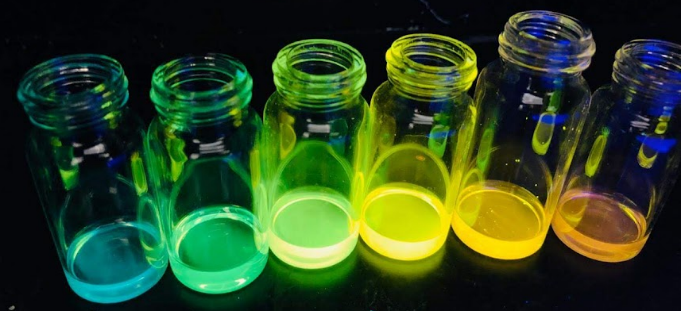In mid of October, ICRI-BioM was awarded with a MINITURA5 grant. The project nr 2021/05/X/ST4/00572 entitled “Stimuli responsive systems based on squalene functionalized with ESIPT dyes” was written by Dr. Franciela Arenhart Soares, a post-doctoral researcher in Professor Alexander Steinbüchel’s group. The project will contribute to the ICRI-BioM budget with more than 40,000 zlotys, with an estimated duration of one year and will be developed at ICRI-BioM facilities held at Technical University of Lodz. ESIPT (excited stated intramolecular proton transfer) dyes are considered privileged scaffolds due to their large range of applications and unique properties such as a sizeable Stokes shift and solid state fluorescence emission in the visible region. Due to the dynamic nature of the proton transfer, the fluorescence emission can be turned on/off by exposure to light. For these reasons, ESIPT dyes are very promising to design responsive materials. The project will encompass to obtain a new family of ESIPT dyes, as well their application in the functionalization important biomolecules like squalene.
In mid of October, ICRI-BioM was awarded with a MINITURA5 grant. The project nr 2021/05/X/ST4/00572 entitled “Stimuli responsive systems based on squalene functionalized with ESIPT dyes” was written by Dr. Franciela Arenhart Soares, a post-doctoral researcher in Professor Alexander Steinbüchel’s group. The project will contribute to the ICRI-BioM budget with more than 40,000 zlotys, with an estimated duration of one year and will be developed at ICRI-BioM facilities held at Technical University of Lodz.
ESIPT (excited stated intramolecular proton transfer) dyes are considered privileged scaffolds due to their large range of applications and unique properties such as a sizeable Stokes shift and solid state fluorescence emission in the visible region. Due to the dynamic nature of the proton transfer, the fluorescence emission can be turned on/off by exposure to light. For these reasons, ESIPT dyes are very promising to design responsive materials. The project will encompass to obtain a new family of ESIPT dyes, as well their application in the functionalization important biomolecules like squalene.
